From Our Inbox: We answer your FAQs on acne-prone skincare
Skincare is a journey and everyone has to start somewhere. We understand that getting things right can be difficult and near impossible at first try—which is why we're here to help you along the way.
We’ve gathered the questions that you, dear Peaches, have sent to our inbox to create a cheat sheet on acne-prone skincare. Read on to learn tips on acne care, how to soothe your skin, and what we recommend to include in your acne-fighting kit.

Q: What should I do if I break out and get acne?
The key to dealing with acne is pivoting your skincare to a soothing and hydration-focused one. We need to calm down your skin and repair its barrier.
Calming ingredients like centella, heartleaf, mugwort, Zinc PCA, and snail mucin are some of the many ingredients that are beneficial to acne-prone skin. Zinc PCA may sound intimidating but it is antibacterial, anti-inflammatory, and regulates sebum. In the same vein, snail does not sound like something related to skincare but it is an all-rounder with healing, brightening, and hydrating properties. Centella, on the other hand, is a well-known acne-fighting ingredient that—in addition to healing—has anti-inflammatory, soothing, and brightening properties to help blemishes fade away and even out skin tone.
Incorporate serums, ampoules, and essences into your daily routine. These contain high concentrations of ingredients and are considered the “treatment” in your acne-fighting skincare.
Our recommendations for acne-prone skin
- COSRX Advanced Snail 96 Mucin Power Essence
- COSRX The Niacinamide 15 Serum
- I’m From Mugwort Essence
- Purito SEOUL Wonder Releaf Centella Serum (Unscented)
- SKIN1004 Madagascar Centella Ampoule 🌟
Q: What does the skin barrier have to do with my acne?
The skin barrier is what protects your skin against pollution, environmental stressors, UV rays, and the like. It also plays a role in regulating hydration and moisture in your skin.
If you have acne-prone skin, a healthy skin barrier means less breakouts plus the improved appearance of your blemishes and acne scars.
Q: What is a skincare routine I can do if I have acne-prone skin? Can it be simple?
Clear, healthy skin is possible if you: Cleanse properly → Hydrate → Moisturise → Protect (sunscreen). These are the building blocks of a good skincare routine.
Your skincare does not have to be complicated. Get to know your skin, find out what it truly needs, and you’re good to go. We actually don’t recommend jumping into a comprehensive routine if you’re new to K-beauty or if you’re breaking out. Begin with basic skincare and just add more later, depending on how your skin looks and feels. You can follow these steps:
- Wash your face with a water-based cleanser in the morning. Double-cleanse at night.
- Use a hydrating toner and layer as much as your skin needs.
- Treat your skin with a serum or ampoule—products supercharged with ingredients that target specific skin concerns. During a breakout, we recommend going for serums with calming ingredients to soothe your skin. You can also cycle in hydrating serums or ampoules but we recommend separating them for morning and night use.
- Seal in hydration with a moisturiser.
- Apply sunscreen every morning. Don’t skip this step!
Remember to be consistent and have fun! Let's not treat skincare as a chore—it's a way to give your skin some love.
Q: How do you cleanse “properly”?
Good skin starts with a good cleanse! In the morning, use a water-based cleanser to wash your face. Make sure to lather the product using your (wet) hands first and use the bubbles to cleanse your face. Be quick about it and rinse thoroughly to avoid irritating your skin. If you feel a tightness after washing your face, then your cleanser is likely not the right one for you so it would be best to switch to something gentler and more hydrating.
💡 If you have dry skin, you can skip your cleanser and use only water to wash your face in the morning. Cleansing is the most irritating part of a skincare routine since it removes all natural oils to clean your skin. Try this method first and see if it makes your skin feel more comfortable, and continue doing so whenever it feels dry.
Double-cleanse at night to gently and thoroughly remove all oil-based impurities (sunscreen, makeup, and sebum deep in your pores) that soap, wipes, and water-based cleansers cannot clear away. Doing a double-cleanse will help prevent clogged pores that cause acne and breakouts.
This method does not mean washing your face with the same cleanser twice. For your first cleanse, use an oil or balm cleanser on dry skin to remove the oil-based impurities we mentioned above. Rinse this off and follow with a water-based cleanser (your typical foam, gel, and cream ones).
Our recommendations for acne-prone skin:
First Cleanse
- Ma:nyo Pure Cleansing Oil 🌟
- Iunik Calendula Complete Cleansing Oil
- Axis-Y Biome Resetting Moringa Cleansing Oil
- Heimish All Clean Balm
- Banila Co Clean It Zero Cleansing Balm (Original)
Second Cleanse
- SKIN1004 Madagascar Centella Ampoule Foam
- Iunik Centella Bubble Cleansing Foam
- Dr.G pH Cleansing Red Blemish Clear Soothing Foam
🍑 Learn more about the magic of double-cleansing and the right way to do it here.
Q: How do I minimise my pores and remove blackheads?

Enlarged pores and blackheads are caused by excess sebum. Exfoliating (together with proper hydration) can manage these issues and help you achieve brighter and livelier skin. However, if your skin is irritated, we recommend soothing it first before continuing with regular exfoliation.
Exfoliating will unclog your pores by removing excess sebum and dead skin cells. If you have acne-prone skin, this is a good habit to get into since clean pores also mean less breakouts. Overexfoliation is a big no-no, however, so it’s best to limit exfoliating to 2 – 3 times a week, or when your skin feels clogged.
Our recommendations for acne-prone skin:
- Axis-Y Mugwort Pore Clarifying Wash Off Pack
- Benton Aloe BHA Skin Toner
- By Wishtrend Green Tea & Enzyme Powder Wash
- SKIN1004 Madagascar Centella Toning Toner
- Some By Mi AHA BHA PHA 30 Days Miracle Toner
🍑 Check out our guide on dealing with blackheads for more tips.
Q: My skin is super oily on top of my frequent acne. What should I do?
Oily skin is mostly caused by dehydration. How? Your skin produces oil as a defence mechanism against the lack of hydration it's receiving. The excess oil then causes clogged pores which eventually leads to acne.
This often pushes individuals to go for skincare that mattifies and dries which, in turn, just causes your skin to get even more dehydrated—and the vicious cycle starts again. Let's break this streak by changing your approach to skincare. Focus on hydrating, soothing, and protecting your skin:
- Avoid overexfoliation. Remember, we're soothing your skin.
- Incorporate hydrating toners, lightweight essences, and serums or ampoules with hydrators into your skincare routine.
- Try niacinamide—in your serum, sheet mask, or any skincare product! This ingredient is loved for its brightening properties but it also helps to control sebum production.
- Treat your skin to a clay mask at night; they absorb the oil in your pores. A clay mask works wonders when partnered with proper hydration.
- Use a lightweight moisturiser.
- Never skip sunscreen.
- Eat healthy—say yes to fruits and no to oily, fried, and junk food. This doesn't have to be all or nothing but having less of these types of food can help you a lot.
Q: How do I hydrate my acne-prone skin?
Dehydrated skin leads to dull skin, dark under eyes, oiliness, and—you guessed it—acne. Making sure your skin is properly hydrated is important, so keep a close eye on the ingredients list of your skincare to see if they contain hydrators. Go for soothing and hydrating ingredients like green tea, heartleaf, centella asiatica, hyaluronic acid, etc.
In your battle against dehydrated skin, a hydrating toner (or essence!) is your best friend. Toners are lightweight so we recommend layering as much as your skin needs for deep and long-lasting hydration or soaking cotton pads to use them as a DIY sheet mask on dry areas. You can supplement this with a calming and hydrating serum or ampoule. Lastly, seal all that refreshing hydration in with a moisturiser.
Our recommendations for acne-prone skin
- Anua Heartleaf 77% Soothing Toner
- Klairs Supple Preparation Toner
- Isntree Fresh Green Tea Toner 🌟 (for oily skin)
- Purito SEOUL Wonder Releaf Centella Toner (Unscented)
- SKIN1004 Madagascar Centella Probio-Cica Essence Toner 🌟 (for dry skin)
Q: I’m breaking out and my skin is irritated. What should I do?
First, take a break from exfoliants and active ingredients. Use products with calming ones instead and stick to the basic skincare routine we discussed above. You can also add these steps to help reduce irritation:
Step 1: Klairs Midnight Blue Calming Cream
Use after serums then follow with your moisturiser or sleeping mask. We highly recommend this when you have active breakouts and/or when your skin is irritated—this will instantly calm your skin. (Note: This is not a substitute for moisturiser).
Step 2: Round Lab Mugwort Calming Cream (or your preferred moisturiser)
Use as your evening moisturiser or apply a thick layer in the evening as a sleeping mask.
Q: Any tips on choosing moisturisers when you have acne-prone skin?
Finding the right moisturiser for you can require some trial and error. We need to consider your skin type, ingredients that target your skin concerns, and your preferred texture (gel, gel-cream, or cream). Let’s discuss a few tips for different skin types.
If you have combination skin + acne-prone skin
We recommend using different moisturisers for the parts of your face that are dry and oily. If you prefer using just one moisturiser, however, opt for a lightweight one and apply more layers on the drier parts of your face.
|
OILY PARTS: Use a lightweight, gel or gel-cream moisturiser. Apply thin and light layers on your skin. Avoid applying a thick layer in one go so you can control and assess how much your skin needs. Layer as needed. |
DRY PARTS: Use the same lightweight gel or gel cream moisturiser but apply more layers. Or Use a nourishing, thick moisturiser (or one with a balm-like texture, as needed). |
Our recommendations:
- Axis-Y Cera Heart My Type Duo Cream
- Sioris Deep In A Barrier Cream
- Pyunkang Yul Calming Moisture Repair Balm
If you have oily skin + acne-prone skin
It’s best to use a lightweight gel or gel-cream moisturiser with soothing ingredients. We know that it’s tempting to skip your moisturiser if you have oily skin but remember that hydration is key. You can skip it in the morning depending on how your skin feels but make sure to apply moisturiser during your evening routine.
Our recommendations:
- Beauty of Joseon Red Bean Water Gel
- COSRX AC Collection Lightweight Soothing Moisturizer
- Round Lab Mugwort Calming Cream 🌟 (highly recommended for acne-prone skin)
If you have dry skin + acne-prone skin
We recommend going for a more nourishing moisturiser or one with a mid-weight texture when you have dry skin. Since we’re covering acne-prone skin as well, make sure to choose one with soothing ingredients. Again, apply thin layers one at a time to control how much you’re putting on your skin.
Our recommendations:
- Celimax Dual Barrier Skin Wearable Cream
- Jart+ Ceramidin Skin Barrier Moisturizing Cream 🌟
- Purito SEOUL Oat-in Intense Cream
🍑 Get a more comprehensive guide on choosing moisturisers depending on your skin type here.
Q: Should I use sunscreen if I’m breaking out?
Yes, yes, a thousand times yes! 90% of skincare is protection so do not skip sunscreen in the morning. UV rays damage your skin barrier which can then lead to skin troubles like acne, wrinkles, dryness, blemishes, spots, dehydration, etc.
For acne-prone skin, we recommend using mineral/physical sunscreens. They use mineral filters (zinc oxide or titanium dioxide) to block UV rays by reflecting them, so the sunscreen sits on top of your skin and minimises irritation. Zinc oxide is also often preferred for its soothing properties.
However, you will have to expect a slight tone-up and mattifying effect because of the inherent properties of mineral filters. If you have a darker skin tone or dry skin, you can opt for a chemical sunscreen instead—it's okay! We recommend mineral sunscreens for acne-prone skin as a general precaution but that doesn't mean that you can't choose otherwise. Again, listen to your skin. If a chemical sunscreen works better for you, then go for it.
If you have dry skin and still want a mineral sunscreen, hydrate and add a thin layer of moisturiser before applying your sun protection.
Our recommendations
Mineral/Physical Sunscreens
- Axis-Y Complete No-Stress Physical Sunscreen V.3
- BE PLAIN Clean Ocean NonNano Mild Sunscreen
- SKIN1004 Madagascar Centella Air-Fit Suncream Plus
Chemical Sunscreens
- Beauty of Joseon Relief Sun: Rice + Probiotics
- Round Lab Birch Juice Moisturizing Sunscreen 🌟
- SKIN1004 Madagascar Centella Hyalu-Cica Water-Fit Sun Serum
Q: How much sunscreen should I use and how do I apply it?
You will need at least a dime size or 2 fingers worth of product to get the full SPF protection that your sunscreen offers. Don't put it all on in one go! Like your moisturiser, apply thin layers one at a time to avoid the sticky feeling often associated with sunscreens.
This tip is for sunscreen and skincare in general: Make sure that your skin absorbs a product fully before applying the next one. This helps prevent your skincare from rolling and piling when you layer them and keeps your makeup from caking.
From Our Shelves: Acne care from the Peaches&Crème team

The individuals behind Peaches&Crème are a bunch of skincare enthusiasts as well. We love what we do and we’re always happy to share insights, tips, and our current faves with you. Join us for a quick peek behind the curtain and discover the team’s personal recommendations when it comes to acne care.
From Writer J
As our resident blog writer (yours truly ❤️🫡), Writer J likes learning and is always curious about the hows and whys of skincare. They have combination, acne-prone skin that breaks out like clockwork before their period, whenever the weather changes, and at the slightest shift of their diet. Acne has been a constant since they were a teenager and building a healthy skincare care routine has been a long, arduous battle. If you have been struggling the same way, here are some pointers from Writer J.
Acne Care Dos and Don’ts
- Keep your skincare simple. I understand the tendency to panic when we breakout but trying to speedrun the healing process by piling on products will only overwhelm your skin and make things worse. Be gentle and patient.
- Hands off that pimple! Please don’t poke, pop, or prick your acne. That will only irritate it and leave dark spots. Put a pimple patch on to keep it protected.
- Cleanliness is key—dirt will either kickstart or prolong a breakout. Be consistent and thorough when you cleanse your face (please double cleanse) and follow up with proper hydration.
Skincare Faves and Raves
- Some By Mi 30 Days Miracle Clear Spot Patch – These are my go-to patches! They calm my acne fast and prevent me from touching them. I also like how they don’t poke a hole on my pimples when I take them off.
- COSRX AC Collection Lightweight Soothing Moisturizer – I appreciate how this soothes my skin during breakouts, especially when I use it before bed. It really helps decrease the swelling of my acne and the itchiness I feel because of them. I also use this before my sunscreen whenever I wake up with dry skin.
- Some By Mi Retinol Intense Reactivating Serum – Adding this retinol into my skincare routine upped the ante of my pore care and helped lessen the severity of my acne. I used to breakout in swelling clumps that would last several days but now I just get 1 or 2 pimples at a time. This serum owns my heart. ❤️
From Writer P
Our creative director and writer extraordinaire has been with us from the very beginning, sharing her passion and knowledge about skincare with all. Writer P has combination-dry skin with acne that appears occasionally. She gets small, shallow comedones after spending time under the sun, deep-set acne before her period (ah, hormones), and breakouts during stressful and long nights.
If you have a similar experience, these are her skincare recommendations and tips:
Acne Care Dos and Don’ts
- Double-cleanse. Avoid going to sleep with oil, pollution, and sunscreen on your face.
- Moisturise after treatment to prevent drying or further irritating your skin.
- Use a calming sheet mask to hydrate and soothe your skin. Dehydration is often the cause of excessive oiliness and breakouts!
- Always use sunscreen during daytime. This helps maintain your skin barrier, which helps avoid breakouts. When you’re harsh on your skin, you may notice that you’re more prone to breakouts; conversely, when you’re more diligent with your sunscreen you notice that your skin is more resilient against acne.
- Pay attention to how your skin likes your sunscreen. Your skin may react to your sunscreen sometimes, leaving you with small comedones at the end of the day.
- Change your pillowcases regularly. Hygiene is important!
Skincare Faves and Raves
- I’m From Mugwort Essence – Light, hydrating, and calming.
- Beauty of Joseon Revive Serum: Ginseng + Snail Mucin – Good for healing open breakouts, light and easily absorbed so it’s comfortable even when the weather is hot.
- Klairs Midnight Blue Calming Cream – Immediate relief from the prickly feeling and itching you get, whether it’s from breakouts or dry patches (so I use this before moisturiser). I use this on irritated areas sometimes, or all over when I use exfoliants or retinol.
- I’m From Mugwort Cream – Light and calming; best used during your daytime skincare routine since it’s easily absorbed without tackiness.
- Axis-Y Spot The Difference Blemish Treatment – Swollen areas dry out overnight without over-drying the area. It also kills redness and swelling.
From Crème
Leading the charge is Crème—our hardworking founder, CEO, and skincare aficionado. She has always been open about her skincare journey and is generous when it comes to sharing her love for it.
Crème has combination-oily, acne-prone skin—and she has had her fair share of breakouts, especially before she got into K-beauty skincare. After dedicating time and effort into understanding her skin's needs and giving it the proper care, she now has clear skin with some spots once in a while (which is normal since no skin is perfect).
With her experience, Crème shares her personal tips on acne care and how you too can achieve clear, healthy skin:
Acne Care Dos and Don’ts
- Cleanse properly → hydrate → moisturise → protect. You just need simple skincare to maintain healthy skin. Preventative skincare is also better than corrective skincare.
- ALWAYS be gentle with your skin: Use and apply your skincare products with care. Avoid using harsh exfoliants and stripping cleansers.
- Double-cleanse all the time and use an oil cleanser. Don't go to bed without doing this. It is non-negotiable in my opinion.
- Don’t cleanse your face using hot or cold water. Use room temp or lukewarm water.
- When cleansing, wash your hands first.
- Use sunscreen—another non-negotiable. Apply the appropriate amount needed (1 dime size) in layers to ensure your sunscreen is absorbed.
- Avoid touching your face during the day, unless with clean hands.
- Research and learn more about your own skin, see what ingredients it needs and wants, and what products it likes and dislikes.
Skincare Faves and Raves
- Jumiso Snail Mucin 95% + Peptide Essence – I went back to the snail game and tried this recently when I had one or two spots on my forehead. I used this in the evening, and the following morning, the spots were less red, almost dried out, and then completely healed in one to two days. On the third day, my skin was clear as if the spots were never there. In addition, I found this more lightweight compared to the COSRX one. It's probably my new favorite snail product.
- SKIN1004 Madagascar Centella Ampoule – The best centella serum—ever! I use this at night to maintain overall skin health and prevent acne. Every time I have a breakout or when my skin gets irritated, this is my number 1 go-to.
- Ma:nyo Pure Cleansing Oil and Ma:nyo Pure Cleansing Oil (Deep Clean) – I never skip double cleansing, and these might be the best cleansing oils I have tried. I cannot count my empties of the Pure Cleansing Oil and now I am trying the Deep Clean version—and it is just as good (if not better). I find it lighter in weight but it emulsifies well like the Pure Cleansing Oil.
- Klairs Midnight Blue Calming Cream – Works like magic. It calms down breakouts immediately.
- Klairs Supple Preparation Toner – My number 1 toner for hydration.
- Round Lab Mugwort Calming Cream – This is the best moisturiser. It's good for all seasons.
- Axis-Y Spot The Difference Blemish Treatment – When I have those occasional unwanted spots, I use this in the morning and evening after cleansing, just before my toner, to let my skin absorb it. The spots calm down and redness and bumps almost disappear after just one night.
🍑🍑🍑
Before we end this Q&A, remember that skincare is personal and every individual is unique—what works for some may not necessarily work for you. Be patient and don't be afraid to try new skincare. Just remember to research beforehand and enjoy the journey.
Stay tuned for more FAQs from our inbox!




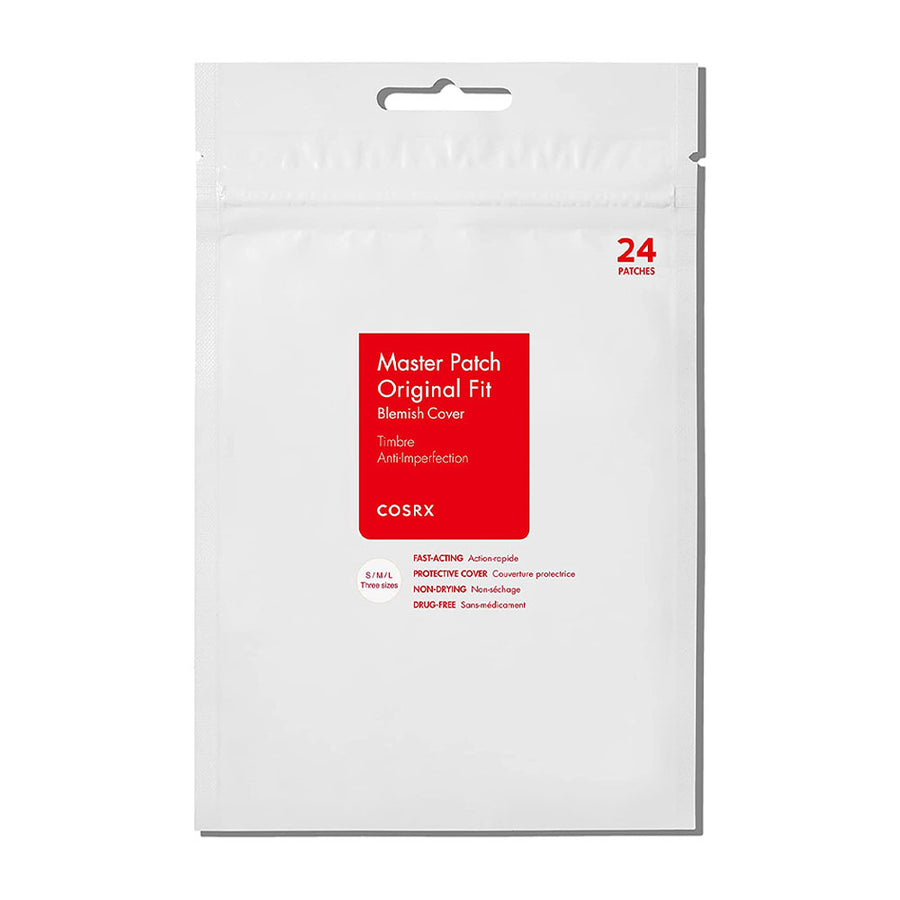
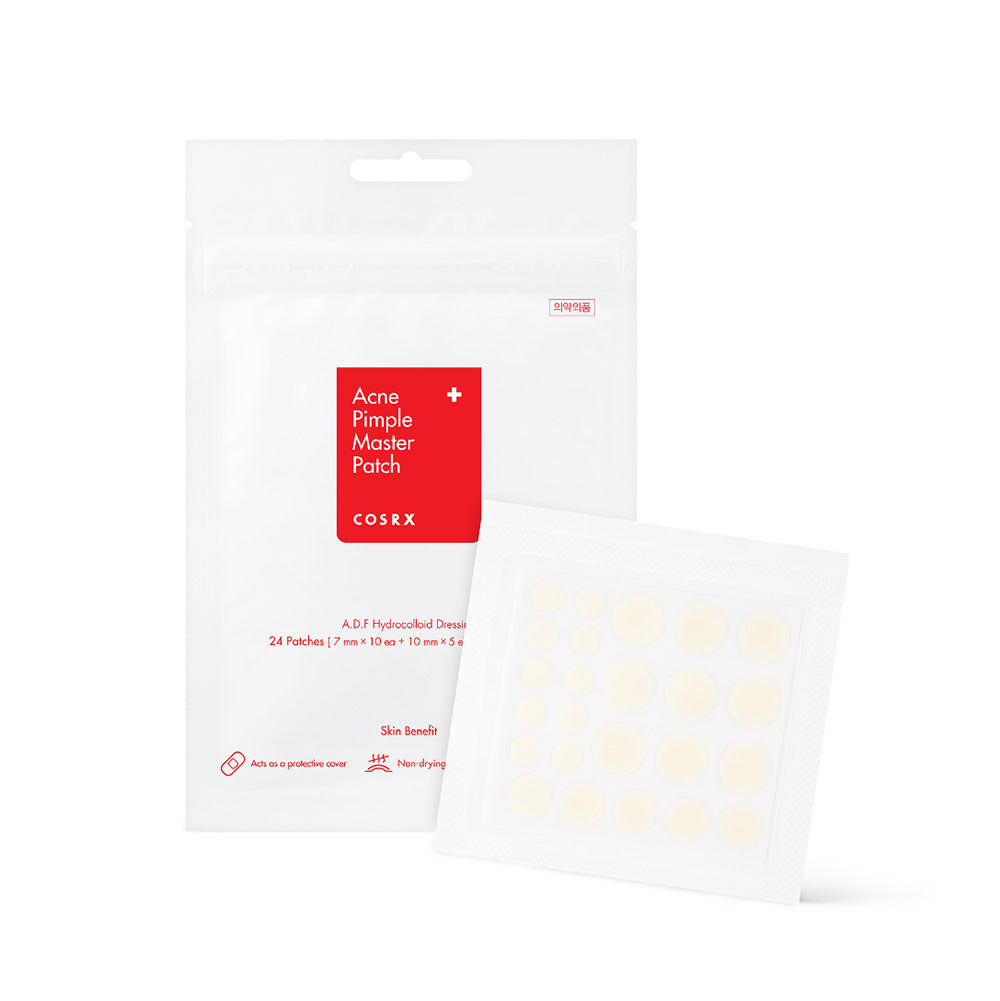


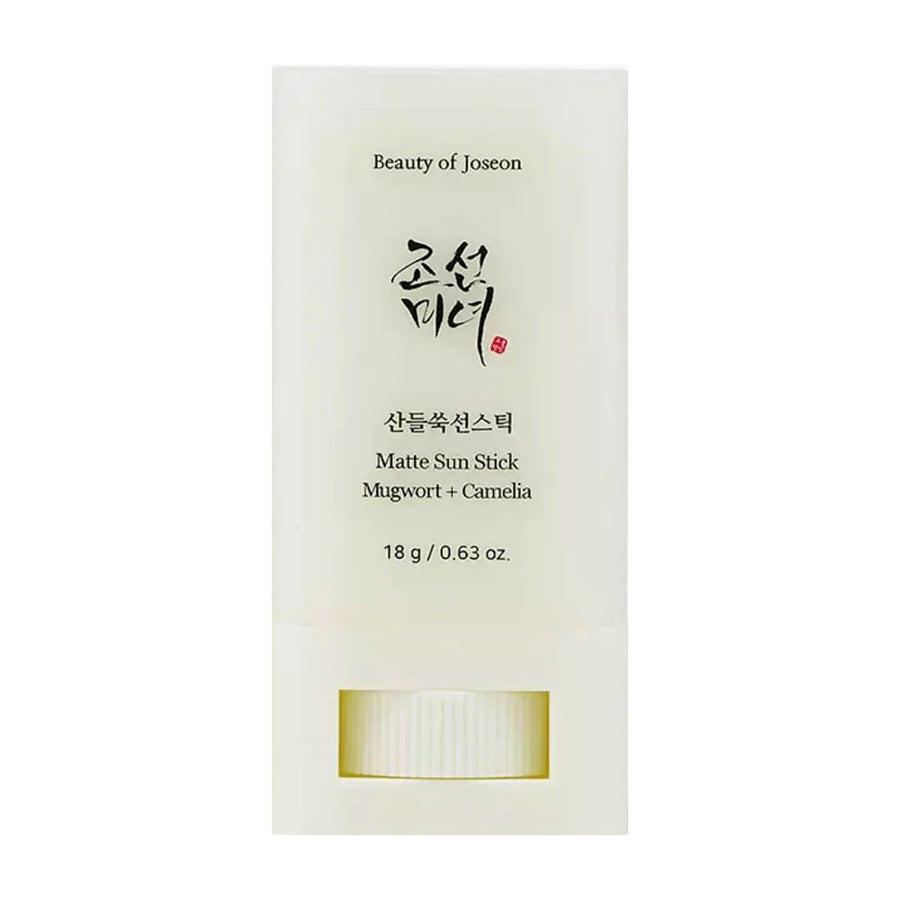
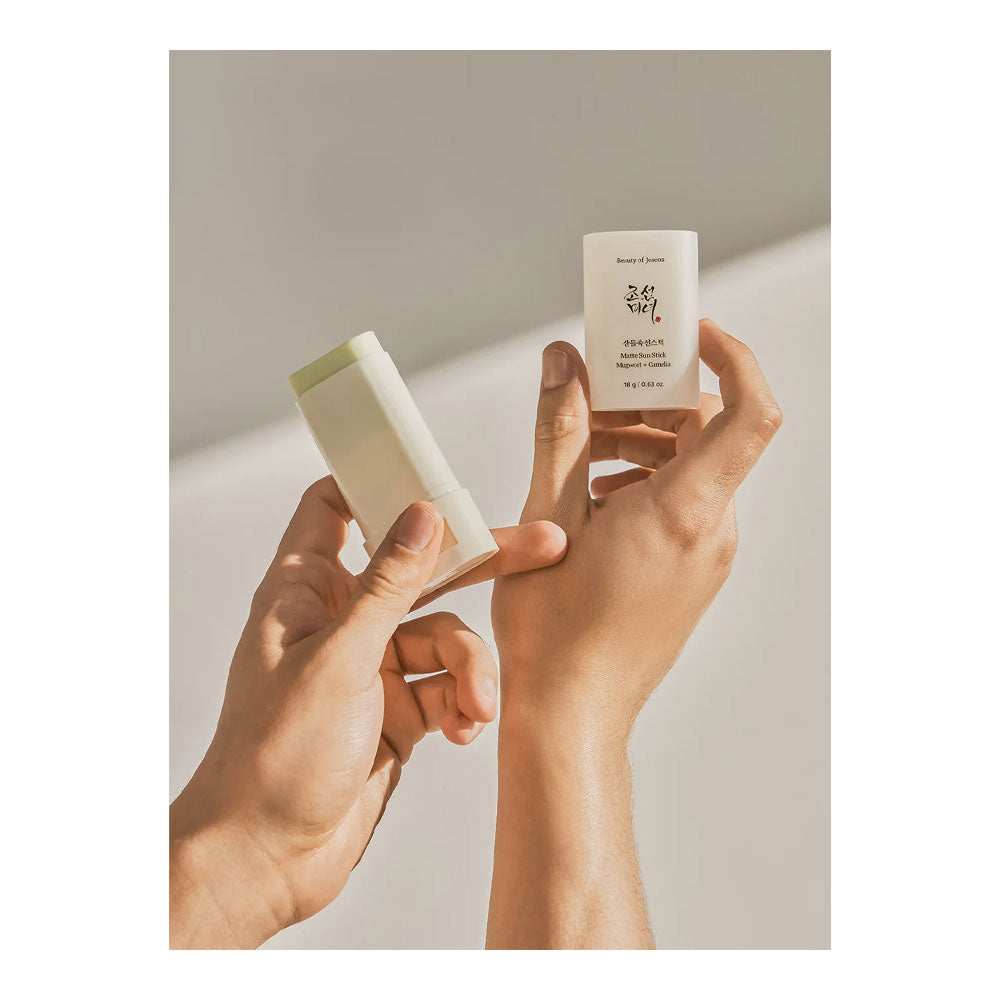



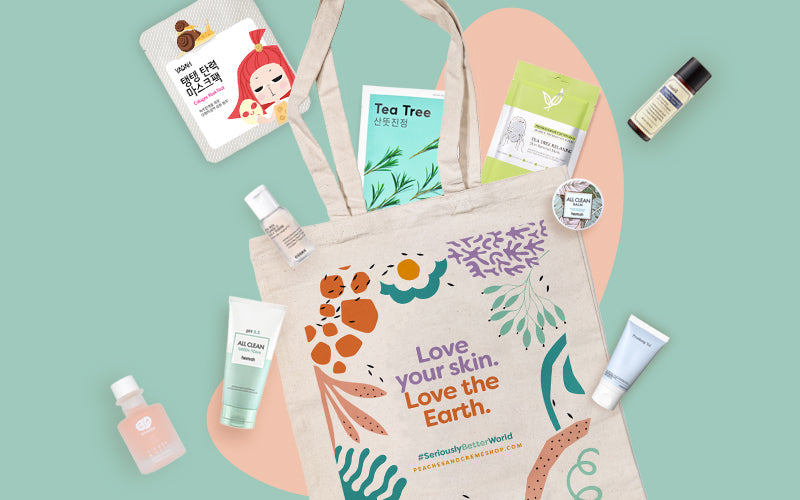


Leave a comment